Artificial intelligence (AI) is revolutionizing the construction industry by driving significant improvements in productivity, safety, and efficiency. As technology evolves, construction companies are increasingly adopting AI-driven solutions to enhance project planning, automate workflows, and ensure optimal resource utilization. In 2025, AI is no longer just an emerging trend—it is an essential component of modern construction practices.
Here are the top 15 benefits of AI in the construction industry and how it is transforming the way projects are planned and executed.
Table of Contents
- Enhancing Project Planning and Design
- Improving Job Site Safety
- Optimizing Construction Scheduling
- Increasing Efficiency with Robotics
- Reducing Costs with Predictive Maintenance
- Streamlining Material Management
- Enabling Real-Time Progress Tracking
- Enhancing Quality Control and Inspection
- Improving Decision-Making with Data-Driven Insights
- Facilitating Collaboration and Communication
- Boosting Productivity with Automated Workflows
- Enhancing Site Monitoring and Surveillance
- Revolutionizing Design and Architecture
- Predicting and Mitigating Risks
- Supporting Sustainable Construction Practices
Partner with Claris Design•Build for Cutting-Edge Construction Solutions!
Key Takeaways✔ AI-driven predictive analytics and 3D modeling improve project planning accuracy and reduce delays by up to 20%. ✔ AI-powered safety monitoring and autonomous vehicles reduce workplace accidents by up to 50%. ✔ AI automates scheduling and adapts to real-time changes, reducing project overruns by up to 30%. ✔ AI-driven robots perform repetitive tasks faster and more accurately, boosting productivity by up to 35%. ✔ Predictive maintenance powered by AI minimizes downtime and maintenance costs, cutting downtime by 20% to 40%. ✔ AI optimizes material usage, reducing waste and lowering material costs by up to 15%. ✔ AI-driven tools provide real-time progress updates and identify inefficiencies, keeping projects on track. ✔ Computer vision technology automates inspections, maintaining consistent quality standards and detecting flaws early. ✔ AI consolidates data for better decision-making, enabling real-time adjustments and improving efficiency. ✔ AI-driven platforms centralize data, enhancing communication among team members and reducing misunderstandings. ✔ Automated workflows save time and reduce human errors, increasing project completion rates by up to 200%. ✔ AI-powered surveillance improves site security and safety monitoring, preventing theft and identifying hazards. ✔ AI-driven generative design creates innovative, sustainable structures while reducing design flaws. ✔ AI assesses risks proactively, reducing project delays caused by unforeseen challenges by 30% to 50%. ✔ AI optimizes resource use, monitors energy consumption, and implements waste management strategies to meet sustainability goals. |
1. Enhancing Project Planning and Design
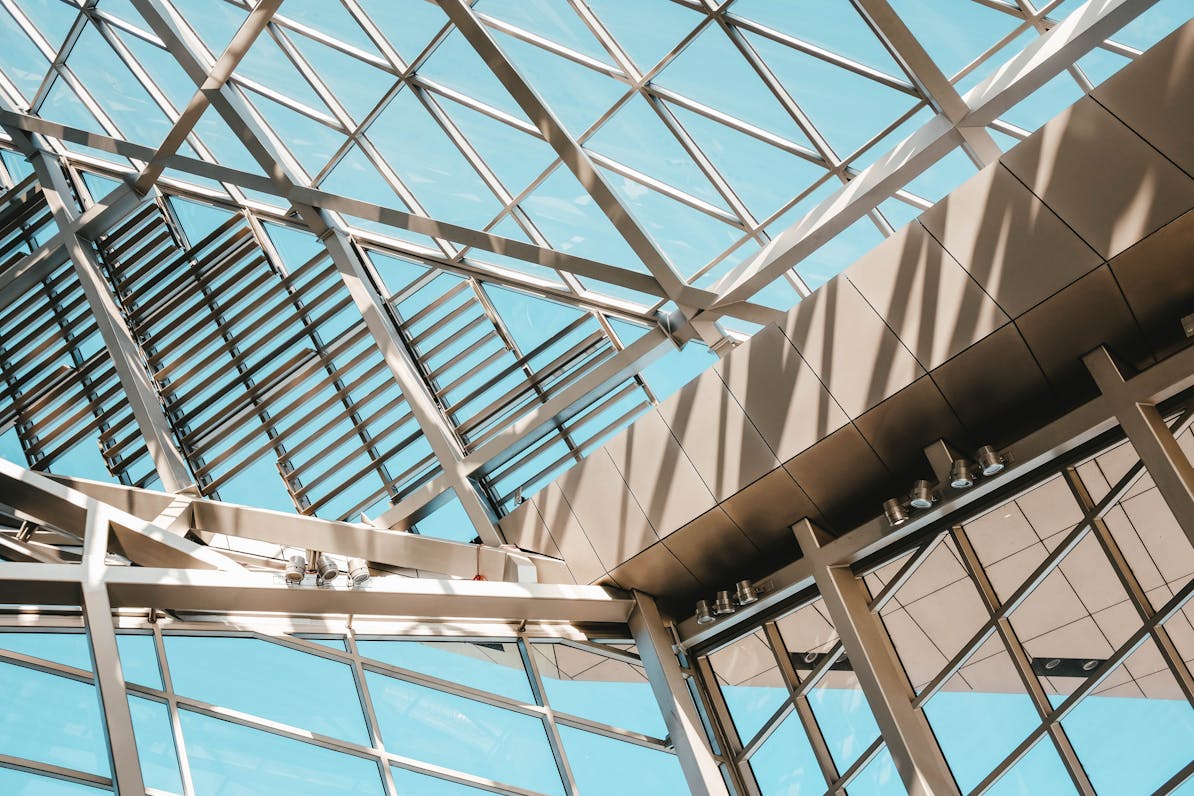
One of the most significant advantages of AI in construction is its ability to enhance project planning and design. Construction projects are inherently complex, with numerous variables that can impact the outcome. AI-powered software helps streamline this process by leveraging data analytics and machine learning to optimize project plans and designs.
Leveraging Predictive Analytics
Predictive analytics tools use historical data and real-time information to forecast potential challenges and risks. For example, AI can predict weather disruptions that may impact timelines or identify material shortages before they become critical issues. According to McKinsey, construction projects that use AI-powered planning tools can reduce project delays by up to 20%.
3D Modeling and Building Information Modeling (BIM)
Building Information Modeling (BIM) is revolutionizing architectural design by creating accurate, data-rich 3D models. These models provide insights into how different components interact, allowing for early detection of design flaws. AI-enhanced BIM systems analyze vast amounts of data to predict construction outcomes, identify potential conflicts, and suggest design improvements. This integration reduces costly rework and increases project accuracy.
2. Improving Job Site Safety
Safety is a top priority in the construction industry, and AI-driven technologies are significantly reducing workplace accidents and injuries. By leveraging machine learning algorithms and real-time data, companies can proactively identify safety hazards and mitigate risks.
Safety Monitoring Systems
AI-powered safety monitoring systems use cameras and sensors to detect potential hazards, such as falling objects or unsafe worker behavior. These systems send real-time alerts to supervisors, enabling them to address safety concerns immediately. Research from the Occupational Safety and Health Administration (OSHA) indicates that the implementation of AI safety monitoring can reduce workplace accidents by up to 50%.
Drones and Autonomous Vehicles
Drones equipped with AI technology can perform aerial surveillance, capturing high-resolution images to detect unsafe practices and structural weaknesses. Autonomous vehicles, such as robotic machinery, reduce the need for human intervention in hazardous areas, thereby minimizing injury risks.
3. Optimizing Construction Scheduling
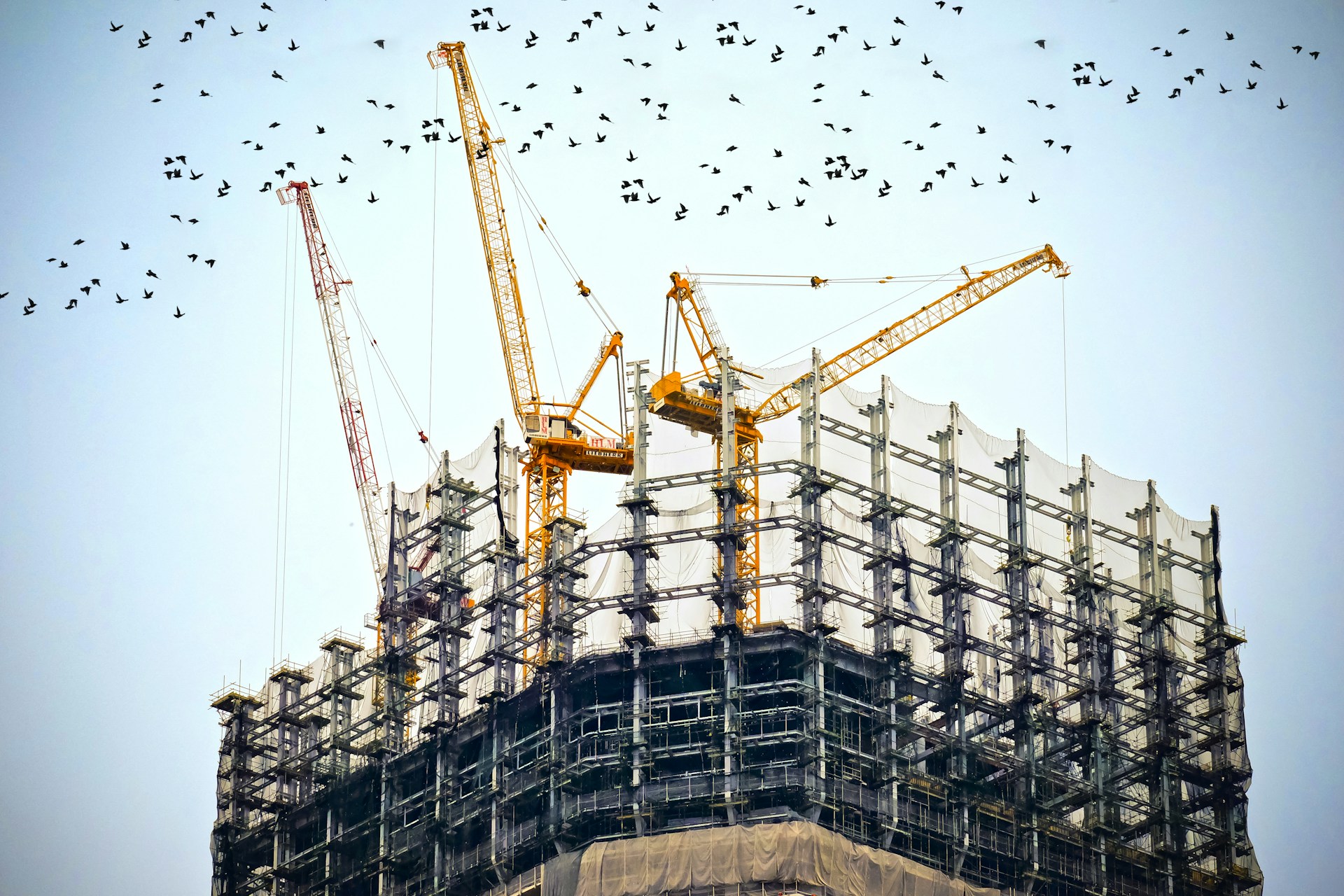
Staying on schedule is vital for construction projects, and AI helps optimize scheduling by analyzing vast amounts of data to predict delays and inefficiencies. AI-powered scheduling tools consider factors like weather conditions, labor availability, and material delivery timelines to develop adaptive schedules.
Automating Scheduling Tasks
Automation significantly reduces manual scheduling errors. Advanced algorithms analyze historical data to create efficient work schedules that minimize downtime and keep tasks on track. These schedules can adapt to real-time changes, such as unforeseen delays or labor shortages.
Dynamic Scheduling with Real-Time Data
Real-time data integration allows project managers to adjust schedules as new information becomes available. For example, if a key material shipment is delayed, the system can automatically update the project timeline and allocate resources to other tasks. Construction projects utilizing AI-driven scheduling tools experience up to 30% fewer project overruns.
4. Increasing Efficiency with Robotics
Robotic automation is transforming the construction industry by performing repetitive and labor-intensive tasks more efficiently than human workers. AI-powered robots are being deployed for activities such as bricklaying, concrete pouring, and demolition.
Automating Repetitive Tasks
Automated machinery significantly reduces labor costs and improves precision. Robots equipped with AI can lay bricks at twice the speed of human workers, with a higher degree of accuracy. Research shows that construction robots can increase productivity by up to 35%.
Minimizing Human Errors
Robots are less prone to fatigue and human error, resulting in consistent and accurate work. For example, AI-driven welding robots maintain precise temperatures and angles, ensuring high-quality joints that meet safety standards.
5. Reducing Costs with Predictive Maintenance
Equipment breakdowns can halt construction projects, leading to costly delays. Predictive maintenance powered by AI helps prevent such scenarios by continuously monitoring machinery and predicting when maintenance is needed.
Monitoring Equipment Health
AI-powered sensors collect data on machine performance, including temperature, vibration, and pressure levels. These insights are used to predict maintenance needs before a breakdown occurs. Studies from Boston Consulting Group (BCG) reveal that predictive maintenance reduces equipment downtime by 20% to 40%.
Scheduling Preventive Maintenance
Predictive maintenance algorithms analyze patterns to forecast when components are likely to fail. By scheduling maintenance proactively, companies can avoid unexpected breakdowns and optimize machine uptime.
6. Streamlining Material Management

Efficient material management is crucial for maintaining project timelines and budgets. AI-driven inventory management systems monitor material usage, track inventory levels, and predict future requirements.
Automated Ordering and Restocking
AI systems can automatically place orders for materials when stocks fall below predefined levels. This reduces the risk of project interruptions due to material shortages and ensures seamless workflow continuity.
Waste Reduction and Cost Savings
By predicting the exact quantity of materials needed, AI minimizes waste and reduces costs associated with over-ordering. Optimized material management using AI can lower material costs by up to 15%.
7. Enabling Real-Time Progress Tracking
Tracking progress in real-time is essential for keeping stakeholders informed and identifying potential issues early. AI-driven progress tracking tools collect data from sensors, drones, and workers’ devices to provide accurate updates.
Generating Real-Time Reports
AI generates detailed reports on project status, highlighting areas that may require attention. These reports can be accessed remotely by stakeholders, enabling more informed decision-making.
Identifying Bottlenecks
By continuously analyzing data, AI tools detect process inefficiencies and suggest adjustments to streamline operations. This proactive approach minimizes disruptions and keeps the project moving forward.
8. Enhancing Quality Control and Inspection
Maintaining high standards of quality is critical in construction. AI-driven quality control systems use computer vision to identify structural flaws and ensure compliance with safety regulations.
Automating Quality Checks
Computer vision technology scans construction sites and identifies issues that may compromise quality. By detecting imperfections early, contractors can take corrective action before the problem escalates.
Maintaining Consistent Standards
Automated inspections are more consistent and less prone to human error, ensuring that quality standards are upheld throughout the construction process.
9. Improving Decision-Making with Data-Driven Insights
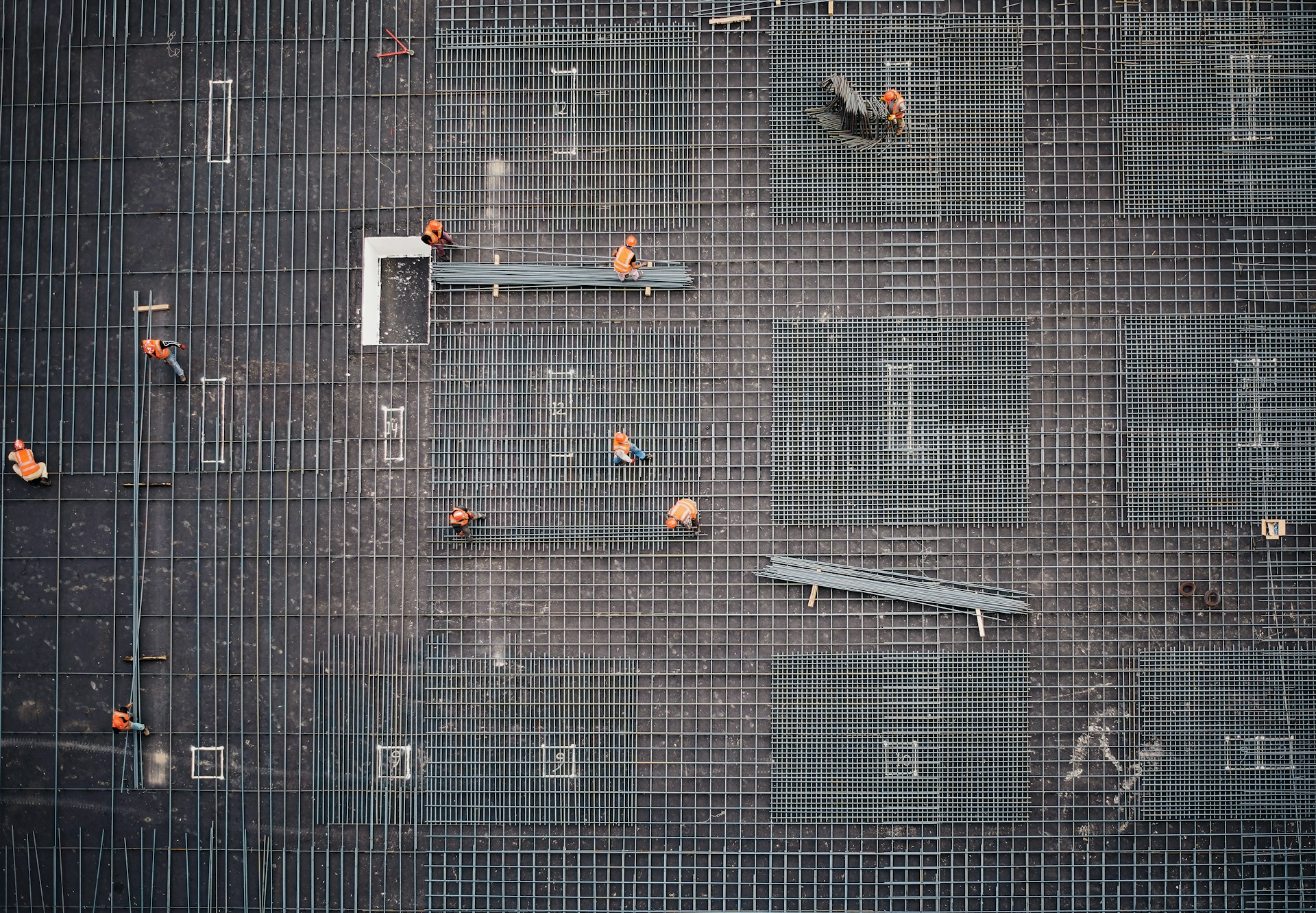
AI-driven analytics enable construction managers to make data-informed decisions. By consolidating data from multiple sources, AI platforms provide actionable insights that improve project outcomes.
Data-Backed Adjustments
AI systems analyze data in real-time, allowing managers to respond quickly to unexpected challenges. This responsiveness enhances decision-making accuracy and project efficiency.
10. Facilitating Collaboration and Communication
Effective communication between team members is crucial for project success. AI-driven communication platforms enhance collaboration by centralizing data and making it easily accessible.
Seamless Team Collaboration
AI-driven project management tools enable real-time collaboration between architects, engineers, and contractors. These platforms reduce misunderstandings and ensure everyone stays aligned with project goals.
11. Boosting Productivity with Automated Workflows
One of the most compelling benefits of AI in construction is the ability to automate repetitive and labor-intensive tasks. Automated workflows save time, reduce human error, and maintain consistency throughout the project.
Automating Manual Tasks
AI-driven software can handle administrative tasks, such as data entry and document management, significantly reducing the workload for project managers and administrative staff. For instance, smart document processing can automatically categorize and archive project documents, contracts, and permits.
Streamlining Project Management
AI-driven project management tools facilitate efficient task assignment and tracking. By automating these processes, construction managers can focus on higher-level decision-making. A report from Forrester indicates that companies implementing AI-driven project management saw a 200% increase in project completion rates.
12. Enhancing Site Monitoring and Surveillance
Ensuring site security and maintaining safety protocols are critical in construction. AI-powered surveillance systems are becoming increasingly popular for monitoring job sites, detecting potential hazards, and preventing unauthorized access.
AI-Powered Surveillance Systems
Cameras equipped with AI technology can continuously scan the construction site for unusual activities or safety violations. These systems can detect whether workers are wearing protective gear and can raise alerts if someone enters a restricted zone.
Real-Time Hazard Detection
Incorporating computer vision and machine learning algorithms allows AI systems to identify potential hazards, such as unstable scaffolding or unsafe machinery operation. By analyzing patterns and movements, these systems proactively warn site managers to mitigate risks.
Preventing Theft and Vandalism
AI-driven security cameras can detect suspicious behavior and automatically alert security personnel. By leveraging facial recognition and motion detection, these systems enhance site security, reducing the risk of theft and vandalism.
13. Revolutionizing Design and Architecture
AI is reshaping architectural design by allowing architects to create innovative and complex structures that were previously unimaginable. By utilizing generative design and advanced modeling techniques, architects can explore a vast array of design possibilities.
Generative Design Algorithms
Generative design uses AI to analyze thousands of design variations based on specified constraints, such as material availability, environmental impact, and structural integrity. This technology empowers architects to develop unique and efficient designs while minimizing material usage.
Incorporating Sustainability
AI helps architects incorporate eco-friendly elements into designs by evaluating energy efficiency, insulation properties, and environmental impact. As sustainability becomes a growing priority in construction, AI-driven design ensures that buildings are energy-efficient and environmentally responsible.
Reducing Design Flaws
By simulating various scenarios and stress factors, AI systems detect potential weaknesses in designs before construction begins. This proactive approach saves time and reduces costs associated with redesign and rework.
14. Predicting and Mitigating Risks
Risk management is essential in construction, where unexpected challenges can disrupt progress and escalate costs. AI-powered risk assessment tools help construction companies predict potential risks and develop strategies to mitigate them.
Analyzing Historical Data
By analyzing historical data from previous projects, AI identifies patterns that could indicate potential risks. For instance, delays caused by weather patterns, supply chain disruptions, or labor shortages can be predicted and prepared for in advance.
Real-Time Risk Assessment
AI continuously monitors site conditions and project data to assess risk levels in real-time. When risks are identified, automated alerts prompt immediate action, reducing the likelihood of costly incidents. Study shows that companies using AI-driven risk assessment tools report a 30% to 50% reduction in project delays caused by unforeseen risks.
Compliance Monitoring
Maintaining compliance with safety regulations and industry standards is crucial to avoiding legal issues. AI-driven compliance tools ensure that all safety protocols are followed and documented, minimizing legal liabilities.
15. Supporting Sustainable Construction Practices
As sustainability becomes an integral part of construction projects, AI technology is playing a critical role in minimizing environmental impact and promoting eco-friendly practices.
Optimizing Resource Utilization
AI-driven solutions predict material needs accurately, preventing over-ordering and minimizing waste. By monitoring resource consumption in real-time, project managers can make data-driven decisions to reduce environmental impact.
Monitoring Energy Consumption
Construction sites often consume substantial amounts of energy. AI-powered monitoring systems track energy usage patterns and identify inefficiencies. This data helps managers implement energy-saving measures, reducing carbon footprints and operational costs.
Implementing Waste Management Strategies
AI-powered systems track construction waste and analyze disposal practices to identify areas for improvement. By categorizing waste and suggesting recycling options, companies can meet sustainability goals and reduce landfill contributions.
Frequently Asked Questions
How does AI enhance energy efficiency in construction projects?
AI significantly enhances energy efficiency in construction projects by optimizing the management of HVAC systems and lighting through real-time data analysis. By continuously monitoring energy usage, AI systems adjust settings to reduce unnecessary consumption, leading to substantial operational cost savings. Additionally, AI-powered energy management systems can predict peak usage times and make preemptive adjustments, ensuring consistent energy conservation throughout the project lifecycle.
Can AI assist in automating construction equipment operations?
Yes, AI plays a crucial role in automating construction equipment operations, such as those involving excavators, bulldozers, and cranes. Through machine learning algorithms and real-time data integration, these machines can operate autonomously or semi-autonomously, performing repetitive tasks with high precision and minimal human intervention. This not only improves efficiency and productivity but also addresses the ongoing labor shortages faced by the construction industry, ultimately reducing labor costs significantly.
How is AI utilized in 3D printing for construction?
AI is revolutionizing 3D printing in construction by optimizing design parameters and material distribution, allowing for the creation of complex architectural structures with minimal waste. Advanced AI algorithms analyze structural requirements and material properties to generate precise blueprints that maximize strength and durability. As a result, construction companies can build multi-story homes and commercial structures faster and more cost-effectively while significantly minimizing environmental impact.
What role does AI play in modular construction?
AI enhances modular construction by streamlining the design, fabrication, and assembly processes. By analyzing design specifications and optimizing material usage, AI algorithms help create modular components that fit seamlessly together, reducing construction time and labor requirements. Additionally, AI-powered automation in modular fabrication ensures consistent quality and precision, making modular construction faster and more sustainable compared to traditional methods.
How does AI contribute to predictive analytics in construction?
AI contributes to predictive analytics by collecting and analyzing vast amounts of data from past projects, current site conditions, and market trends. This data-driven approach enables construction managers to forecast potential risks and project outcomes accurately, allowing them to develop proactive strategies to mitigate challenges. By leveraging predictive insights, construction companies can make more informed decisions, reduce downtime, and maintain project timelines efficiently.
Partner with Claris Design•Build for Cutting-Edge Construction Solutions!
Ready to take your construction projects to the next level with advanced AI-driven solutions? Claris Design•Build is here to help. As a leader in commercial architecture and construction, Claris Design•Build combines innovative technology with proven expertise to deliver exceptional results on time and within budget.
From design and pre-construction to construction management and general contracting, Claris Design•Build provides a full suite of services tailored to your specific needs. Whether you’re planning a new commercial build or revitalizing an existing space, our dedicated team will leverage cutting-edge tools and methodologies to bring your vision to life. With over three decades of experience, Claris Design•Build has built a reputation for excellence in architectural design, construction management, general contracting, and pre-construction planning.
Don’t settle for outdated construction practices—partner with Claris Design•Build today and experience the future of construction firsthand. Contact Claris Design•Build to discuss your project and see how our comprehensive services can transform your vision into reality!




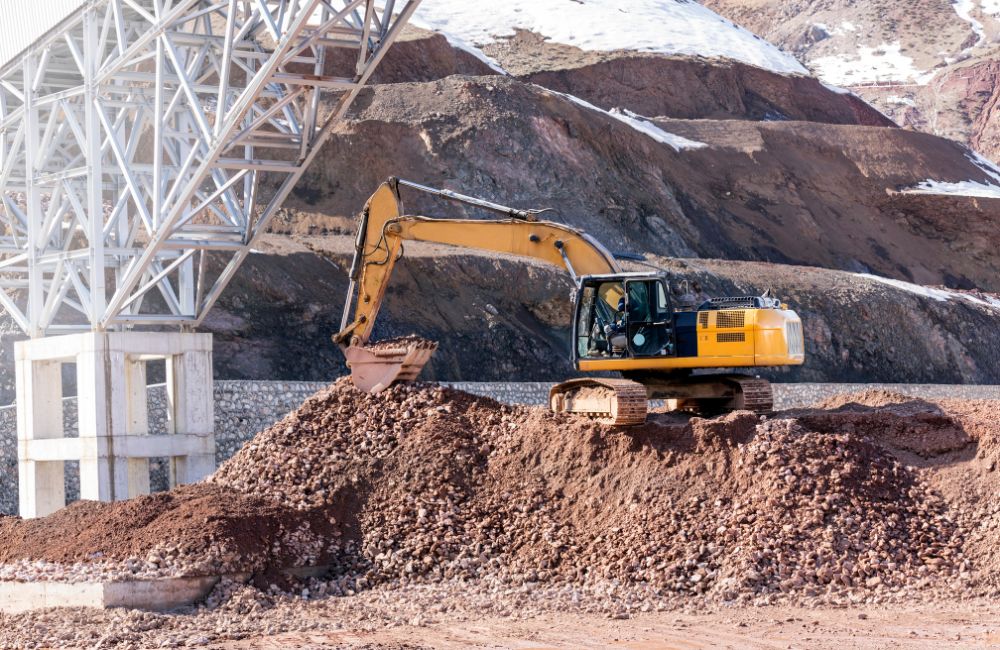
![[2025 UPDATE] Commercial Construction Cost per Square Foot in the US](https://www.clarisdesignbuild.com/wp-content/uploads/2025/04/2025-UPDATE-Commercial-Construction-Cost-per-Square-Foot-in-the-US-3.jpg)
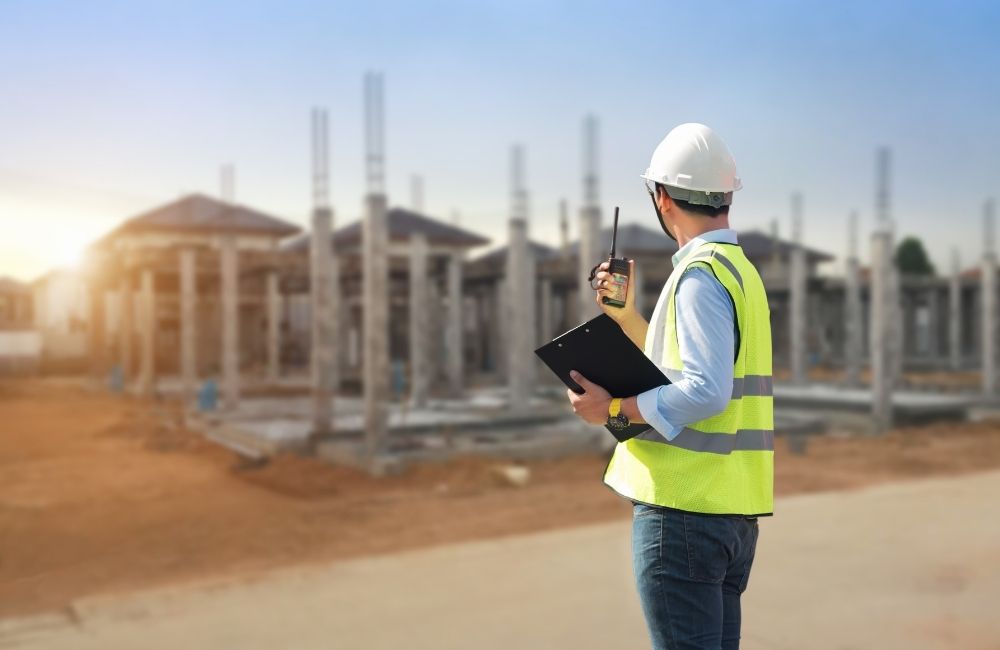
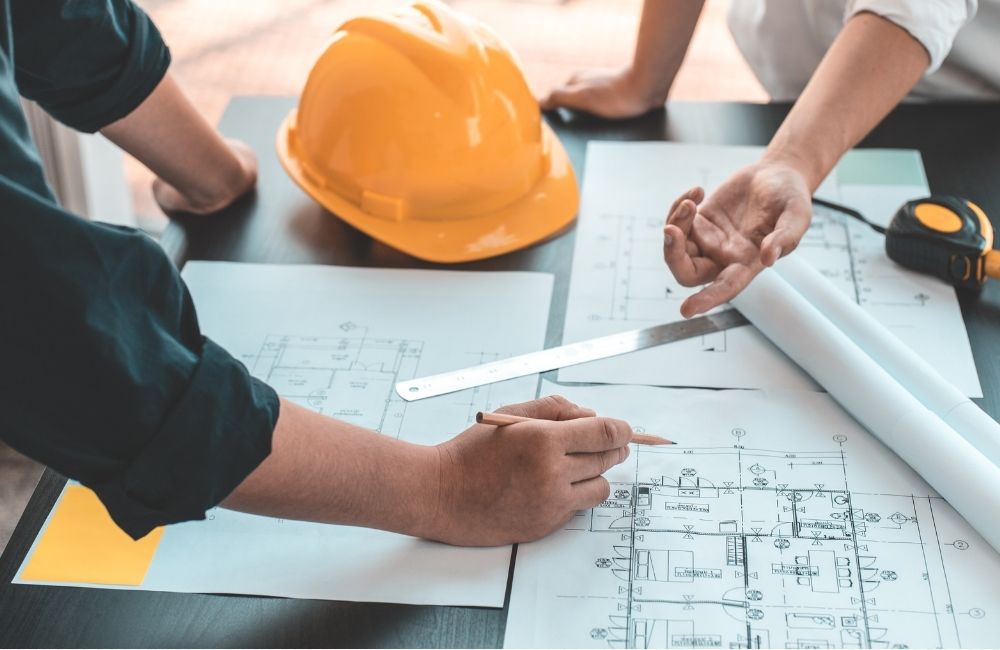
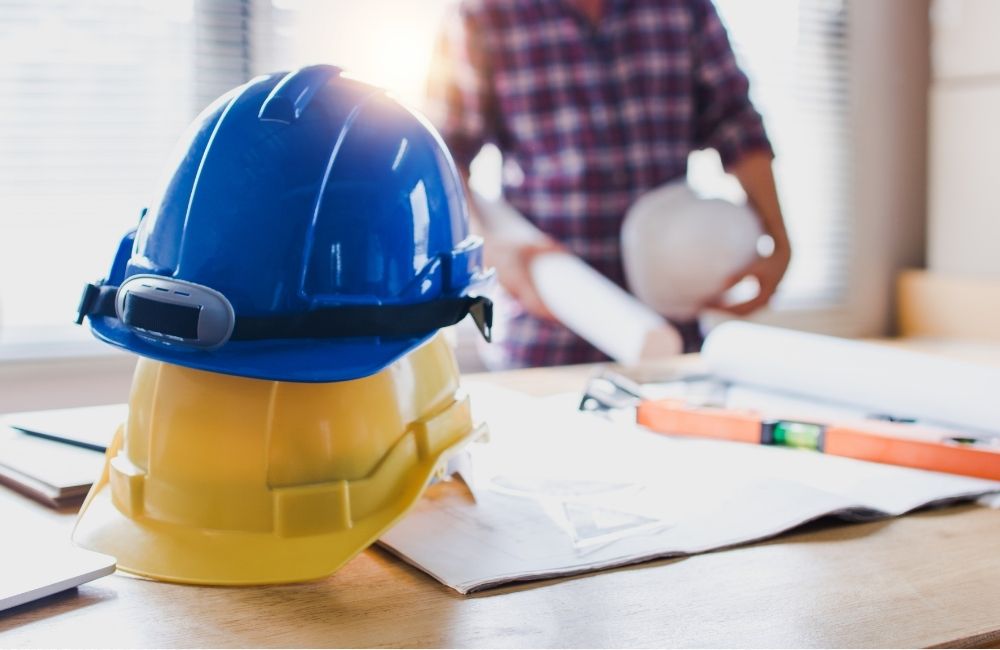
![[2025 UPDATE] 44 Construction Safety Statistics for 2025](https://www.clarisdesignbuild.com/wp-content/uploads/2024/03/Construction-Safety.jpg)